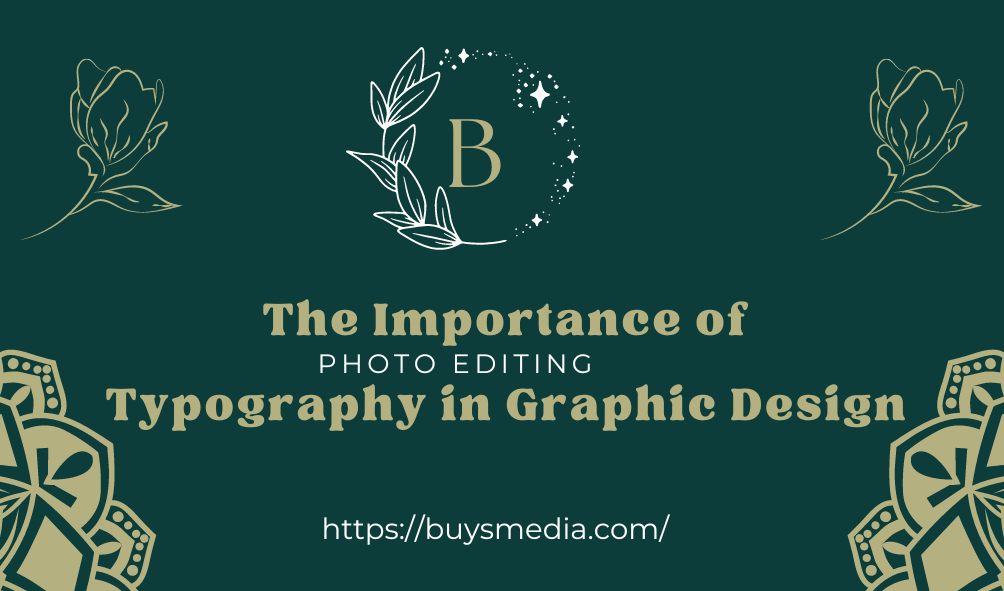Introduction
Typography is an essential component of graphic design because it is a potent visual tool that may improve communication, arouses feelings, and produce memorable experiences. It includes the craftsmanship and method of the orchestrating sort to create composed dialect not as it were clear but moreover outwardly engaging. This essay aims to discuss the impact of typography on practical design plans. Furthermore, it delves into the ways in which typography affects the usability and design of various plan elements.
1. Understanding Typography
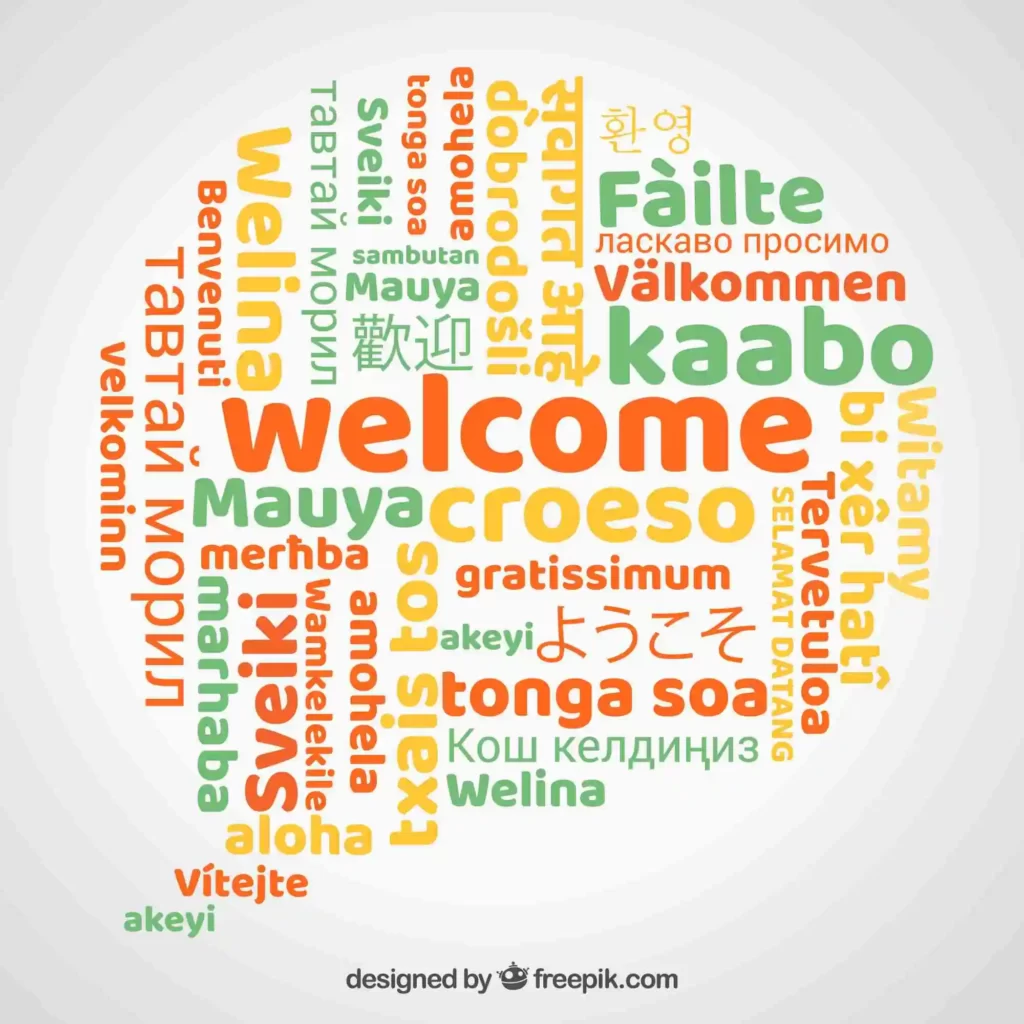
What is Typography?
Typography alludes to the craftsmanship and technique of orchestrating sort to form composed dialect outwardly engaging and lucid. It incorporates the choice of textual styles, their sizes, dividing, arrangement, and other highlights that influence how the content looks in a plan as an entire.
History of Typography
Typography has a rich history that dates back centuries. From ancient times when handwritten scripts dominated to the invention of moveable type by Johannes Gutenberg in the 15th century, typography has evolved significantly. With the improvement of advanced innovations, creators nowadays have got to a wide assortment of textual styles and apparatuses.
Key Elements of Typography
The key elements of typography include font selection, typefaces, hierarchy, spacing, alignment, and legibility. Each of these components is basic for creating plans that are both stylishly satisfying and successful. Designers must carefully consider these elements to effectively communicate their message.
2. Typography as a Visual Language

Typography and Brand Identity
In creating a brand’s identity, typography is essential. By carefully selecting fonts that align with the brand’s values and personality, designers can create a distinct visual language that resonates with the target audience.
Setting the Tone and Mood
Different typefaces evoke different emotions and set the tone for communication. Serif fonts, for example, convey a sense of tradition and elegance, while sans-serif fonts appear modern and minimalistic. Designers can leverage typography to create the desired atmosphere and mood in their designs.
Creating Hierarchy and Emphasis
Through typography, designers can establish a hierarchy of information and guide the viewer’s attention. Heading styles, font sizes, and variations in weight and style help create visual cues that highlight important elements and facilitate information consumption.
3. Enhancing User Experience
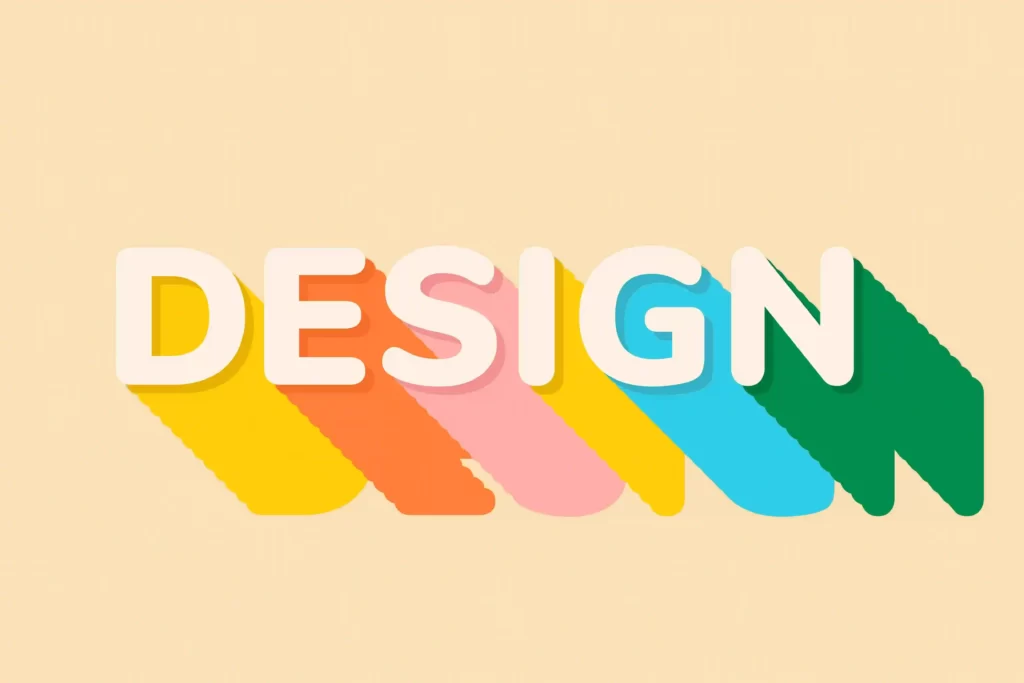
Readability and Legibility
Good typography ensures that text is easily readable and legible, even in various contexts and across different devices. Proper font choices, appropriate line lengths, and sufficient contrast between text and background contribute to optimal readability.
Navigation and Wayfinding
Typography aids in guiding users through digital and print interfaces. Clear and well-designed typographic elements help users understand the structure, navigate content, and find the information they seek efficiently.
Accessibility Considerations
The comprehensive plan requires typography that’s open to all clients, counting those with visual disabilities. Proper color contrast, adequate font sizes, and compatibility with screen readers are essential considerations to ensure equal access to information.
4. Evoking Emotions and Conveying Messages
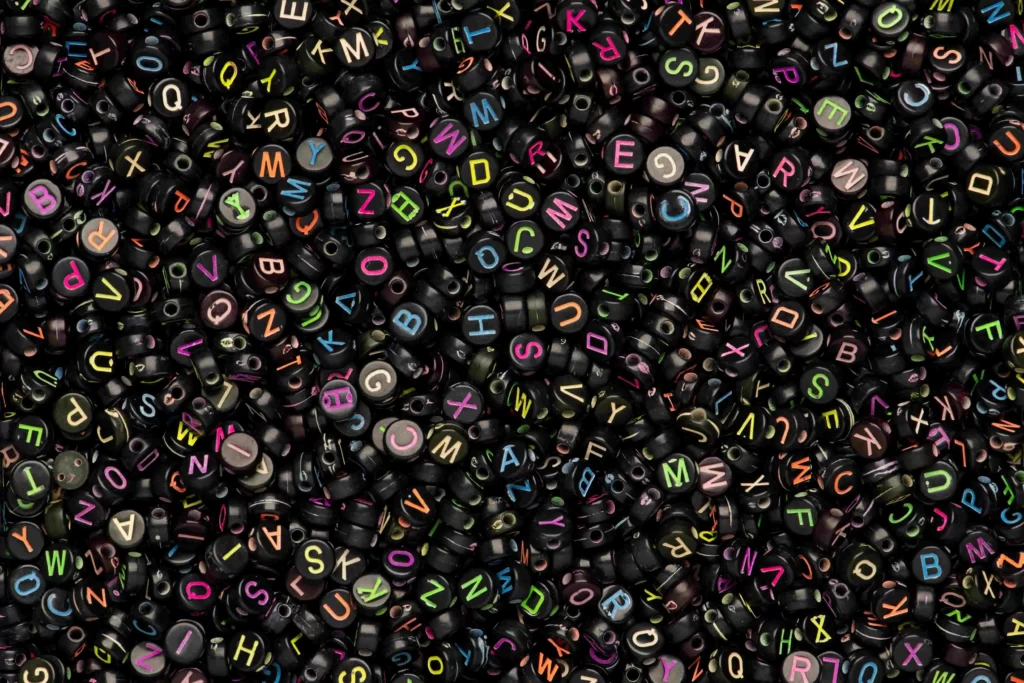
Typography and Emotional Response
Different fonts have inherent emotional qualities. Script fonts may evoke a sense of elegance and sophistication, while bold and angular typefaces convey strength and energy. By carefully selecting fonts, designers can evoke specific emotions and enhance the overall message of their designs.
Expressing Information and Meaning
Typography goes beyond mere text representation; it helps communicate information and convey meaning. Originators can utilize different typographic procedures, such as letter dividing, kerning, and ligatures, to upgrade the meaningfulness and visual effect of the substance.
Establishing Visual Harmony
Typography is a powerful tool for creating visual harmony within a design. Consistent font choices, proper alignment, and balanced spacing contribute to a cohesive and aesthetically pleasing composition.
5. Establishing Credibility and Professionalism
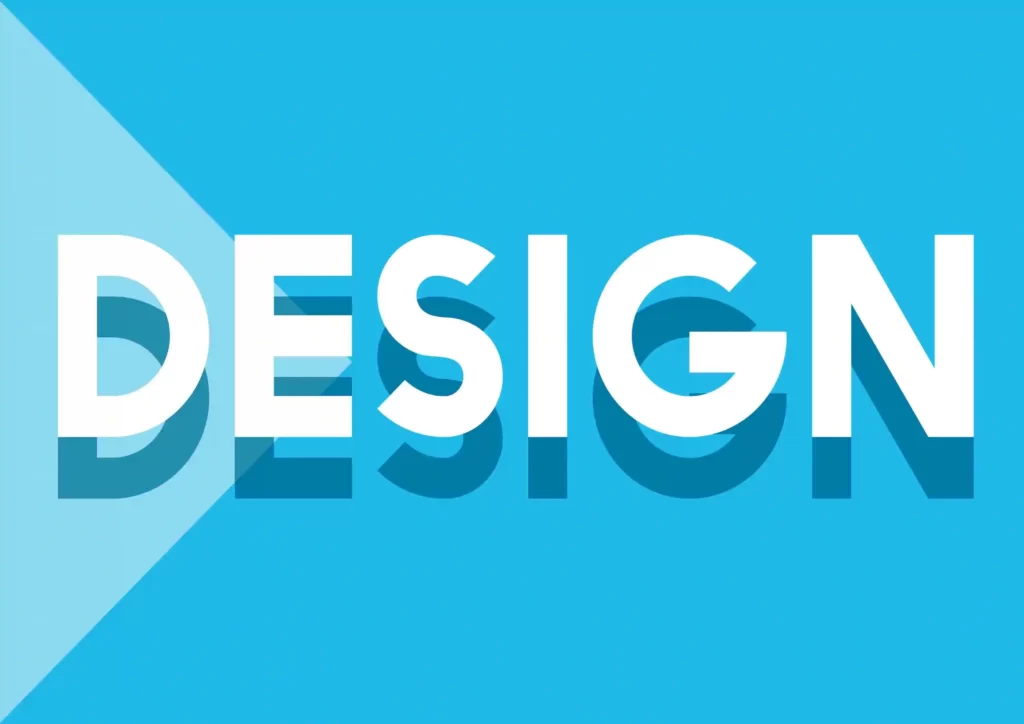
Consistency and Coherence
Consistent typography across different mediums and touchpoints helps establish a cohesive brand identity. A unified typographic system fosters recognition and reinforces the brand’s credibility and professionalism.
Typography and Perception of Quality
The choice of typography can influence the perceived quality of a design or product. High-quality typography enhances the overall visual appeal and suggests attention to detail and craftsmanship.
Building Trust and Engagement
Thoughtfully designed typography can build trust and engage the audience. By creating visually captivating and readable content, designers can establish a positive user experience and encourage further exploration of the brand or message.
6. Typography Trends and Innovations
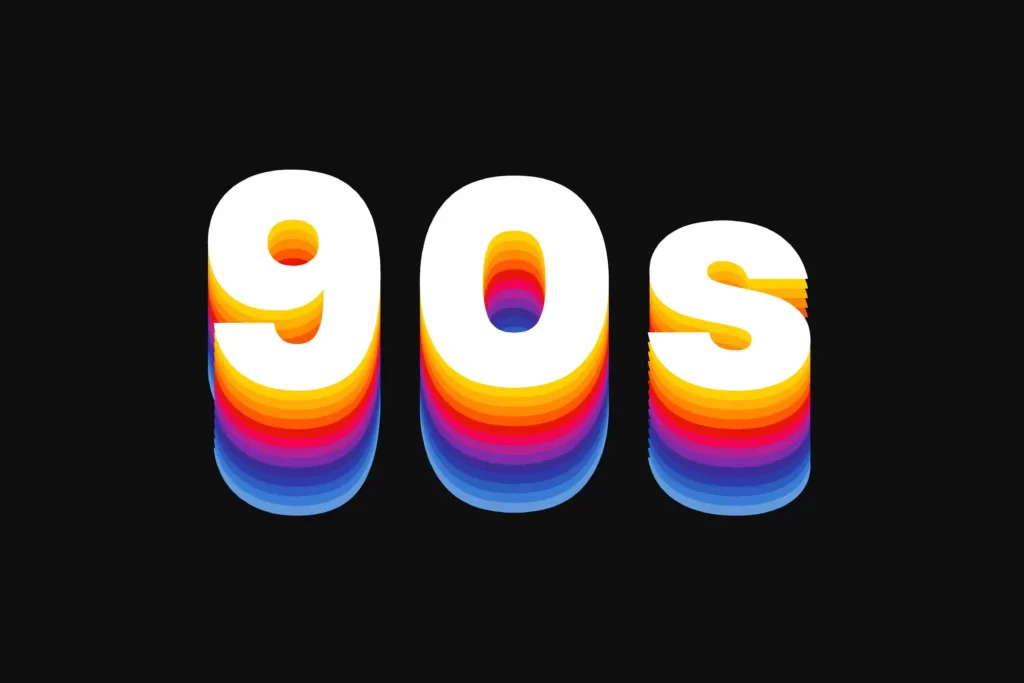
Responsive Typography
In the era of responsive design, typography must adapt to various screen sizes and resolutions. Responsive typography techniques ensure that text remains legible and visually pleasing across different devices and orientations.
Variable Fonts
Variable fonts offer designers unprecedented control over typefaces. They allow for seamless adjustments in weight, width, and other attributes, providing greater flexibility and creative possibilities.
Experimental Typography
Originators are always pushing the boundaries of typography, testing with unused methods and styles. From kinetic typography to three-dimensional lettering, these innovations add excitement and dynamism to design.
7. Conclusion

Typography is a vital element in graphic design, with immense potential to enhance communication, evoke emotions, and create memorable experiences. By understanding the significance of typography and leveraging its control, creators can make outwardly dazzling and viable plans that lock in and reverberate with gatherings of people.
listed questions and answers
Q. What role does typography play in web design?
A. Typography in web design significantly impacts user experience, readability, and overall aesthetics. Thoughtful typographic choices can guide users, create a hierarchy, and convey the intended message effectively.
Q. How does typography affect branding?
A. In creating a brand’s identity, typography is essential. It helps communicate the brand’s personality, values, and positioning, contributing to brand recognition and recall.
Q. What are some popular typography trends in graphic design?
A. Currently, minimalist typography, bold and expressive typefaces, and experimental typography techniques are among the popular trends in graphic design.
Q. Why is legibility important in typography?
A. Legibility ensures that text is easily readable, enabling users to consume information without strain. Good legibility enhances user experience and facilitates effective communication.
Q. How can designers ensure accessibility in typography?
A. Designers can ensure accessibility in typography by considering factors such as color contrast, font size, adequate spacing, and compatibility with assistive technologies like screen readers.
CHECK ALSO:-15 Best Free Photo Editor Software for PC (2023)-Buys Media

